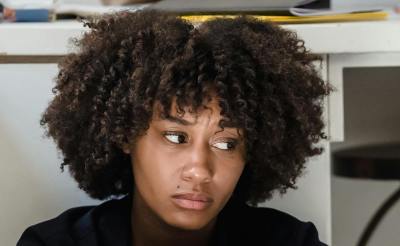Blowdown and NCG injection
 This operator not only wants to co-inject non-condensable gas with steam in his SAGD scheme, he wants to use it as an important part of this blowdown strategy.
This operator not only wants to co-inject non-condensable gas with steam in his SAGD scheme, he wants to use it as an important part of this blowdown strategy.
In conventional reservoirs, blowdown entails stopping injection and just letting the pressure decline while producing any remaining reservoir fluids.
But this operator sees blowdown in SAGD as very different from the conventional blowdown concept. In his SAGD project, he intends to replace SAGD steam injection with a non-condensable gas (like methane). His final blowdown plan embraces total replacement of steam with methane.
You can see his application documents in moments by clicking on the button below.
Buy these submission docs now Subscribers get them for freeBlowdown in steps
But some of his well pairs won't receive a total switch to gas injection all at once. In these wells, he will co-inject steam with non-condensable gas to reduce SOR (steam-oil ratio) and save cost. This reflects the market conditions: steam is more expensive than the gas used to generate it.
?subject=Sign me up for the SAGD technology class&body=Sign me up for the SAGD technology class. %0D%0A%0D%0AMy Name:__________ %0D%0AMy Phone Number:__________ %0D%0A%0D%0A(Or call Proven Sales at 403-803-2500.)">Contact Proven to join the SAGD technology class on the 15th. Only 10 spots available.
This operator reasons that by injecting non-condensable gas, the resulting reservoir pressure will be higher and will keep steam chambers stable. He hopes this will allow him to continue to drain heated fluids from each steam chamber without the use of steam during the blowdown phase.
Watching this experiment in progress
The nice thing about seeing this application, is that you can determine exactly which pad will hold his pilot partial blowdown SAGD pairs. Then you can watch his SOR and production as his experiment matures on this pad. Hopefully you can quickly learn from his mistakes and copy his successes.
Learning from the SIRs
Also, in every application, you can see the SIR (Supplemental Information Request) documents and their replies. Many important SAGD applications require three rounds of SIRs. These SIR documents focus on the regulator's concerns about a project. The SIR documents are where you find the potential hidden traps in the application process. Reading SIRs allows you to understand the regulator's hot buttons and avoid them.
?subject=Show me how to skip SIR rounds&body=Please show me how to skip lengthy SIR rounds. %0D%0A%0D%0AMy Name:__________ %0D%0AMy Phone Number:__________ %0D%0A%0D%0A(Or call Proven Sales at 403-803-2500.)">Contact Proven. We'll show you how to skip lengthy SIR rounds.
Each AER application contains your neighbor's perspective on the exploitation of oil and gas formations. Applications contain more technical ideas even than SPE papers.
Would you like to see what other operators in your areas are thinking about seismic, commercial schemes, experimental schemes and recovery? AppIntel can help.
Tags: Thermal, Cut costs, Heavy Oil
 Granger Low 1 Jun 2016
Granger Low 1 Jun 2016

Astrobleme impacts deep well disposal scheme
Learn from the experience of other operators

Non-meridian thermal wells
Still drilling horizontal wells N‑S? Why?

Steam surfactant co-injection
Want to win? What is your competitive advantage?

Surprise! Sour gas production from a sweet thermal scheme
Dealing with surprises in the oil and gas industry. What to do next.

10 ways to increase production before Christmas - Infographic
For your wall to remind you

10 ways to increase production before Christmas
Each cost less than half a million

Using AI to reduce risk of oil and gas failure
How can you assess the risk without knowing the epic fails?

Artificial intelligence using vetted oil and gas information
Using anything else is dangerous




 Calgary, Alberta, Canada
Calgary, Alberta, Canada
 Share
Share